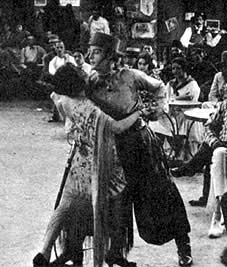This article needs additional citations for verification .(December 2023) |
Some films feature recognizable dance forms, demonstrating them, shedding light on their origin, or being the base of a plot. [note 1]
Contents
- List of films with a plot based on dance
- Ballet
- Ballroom
- Hip Hop/Street
- Swing
- Tango
- Other
- List of films with memorable dance scenes
- See also
- Notes
- References
Fred Astaire's and Gene Kelly's filmographies may significantly contribute to these lists.


